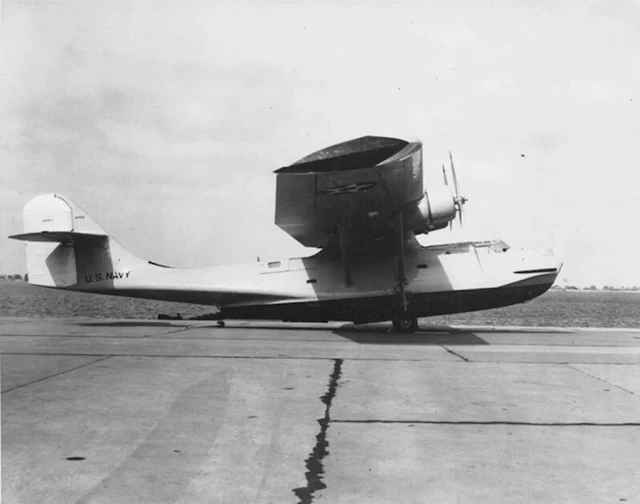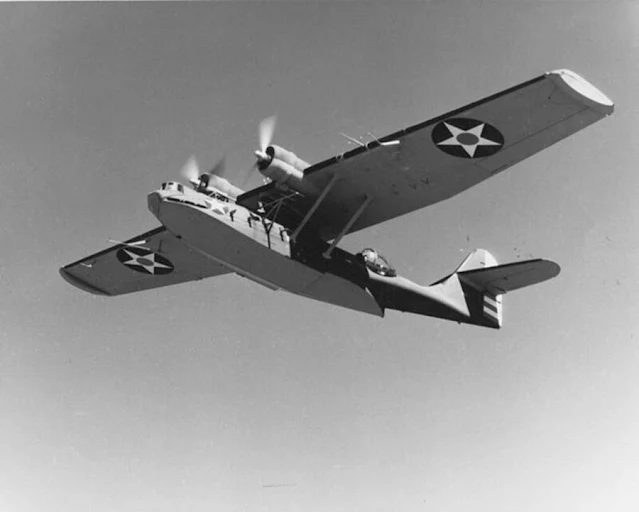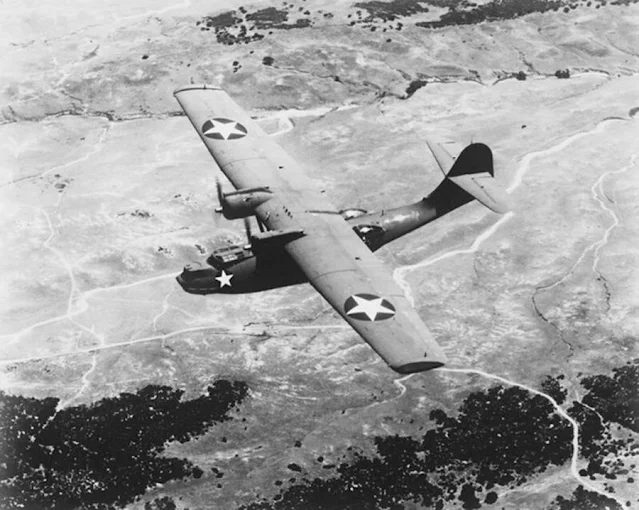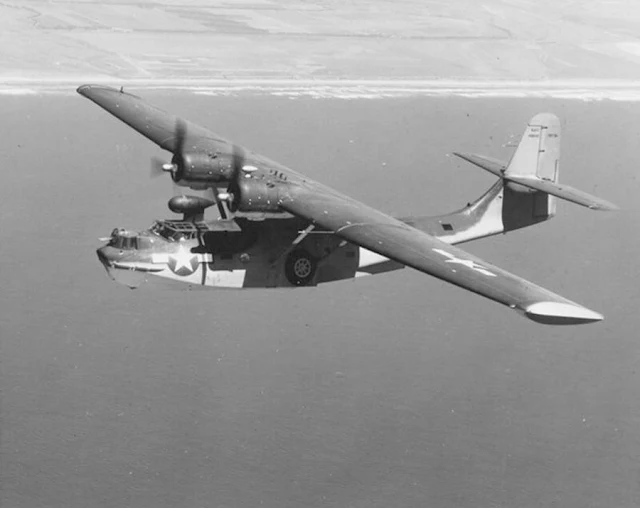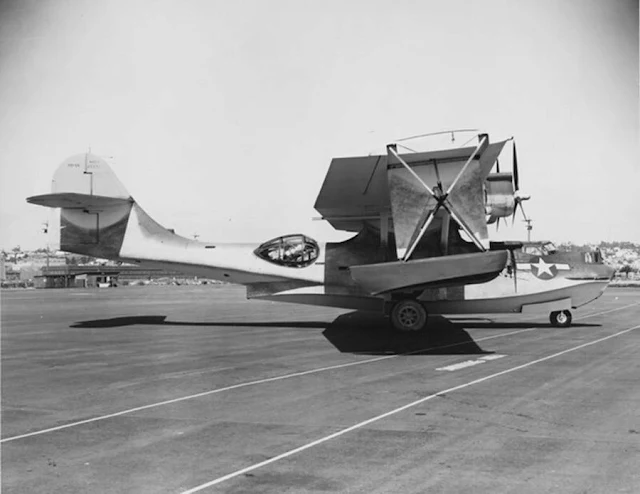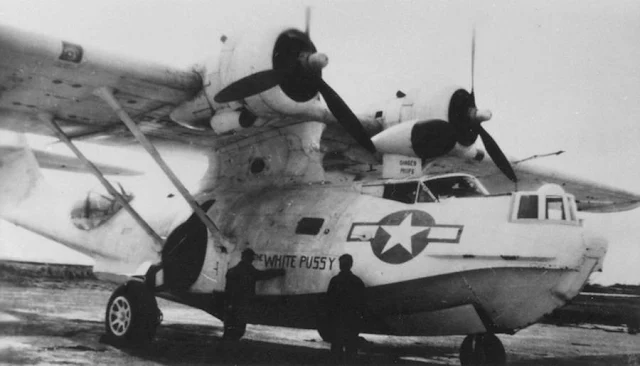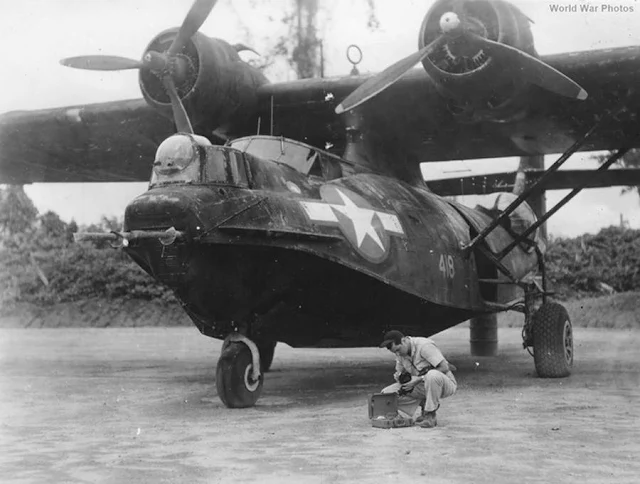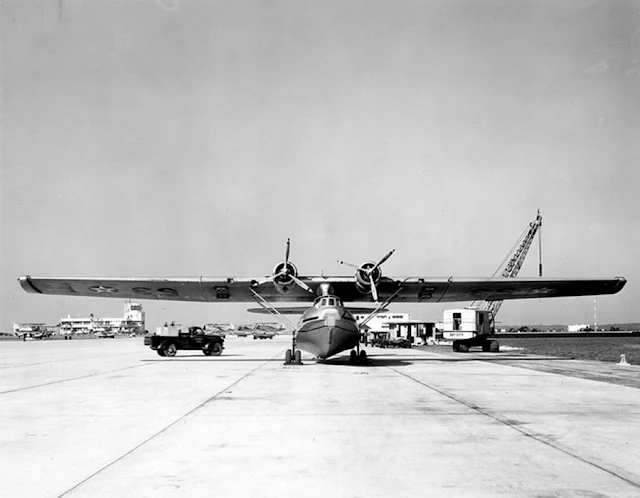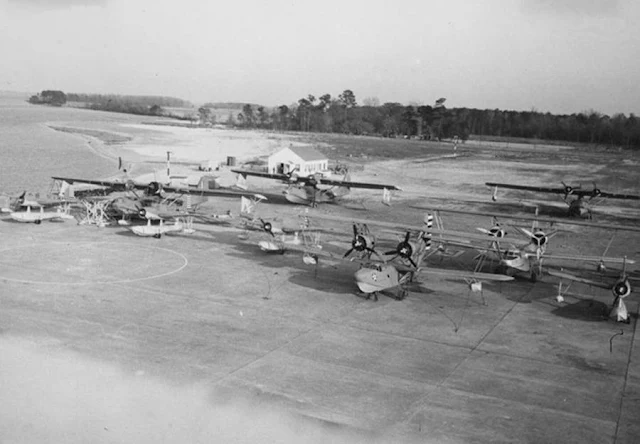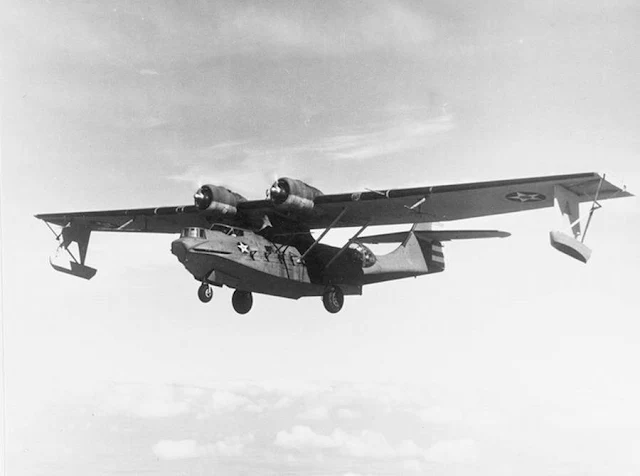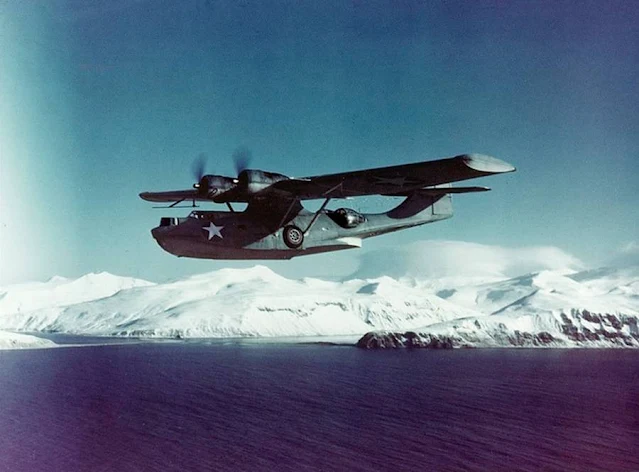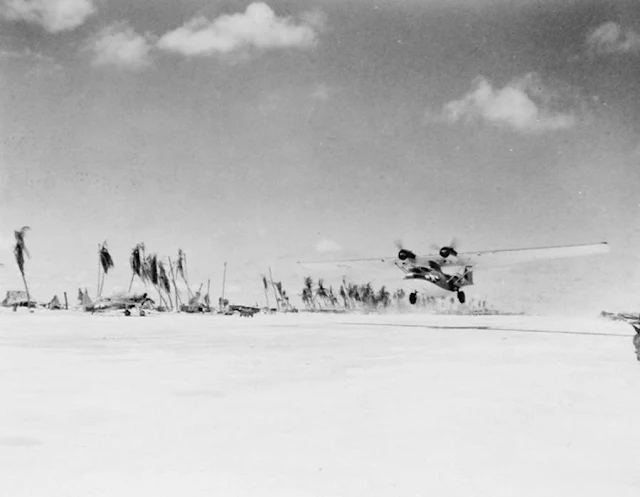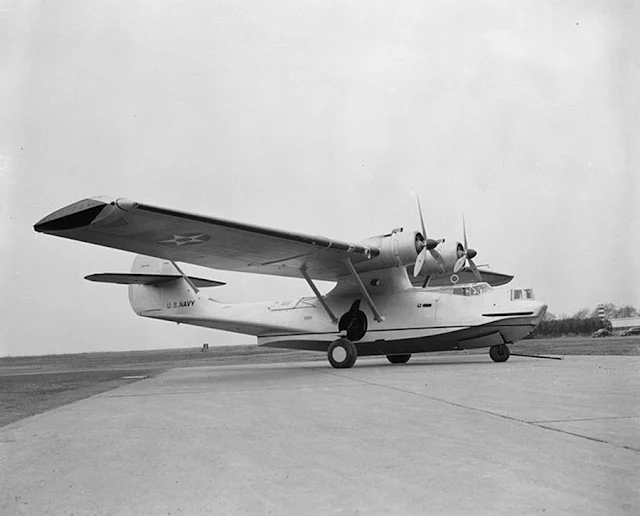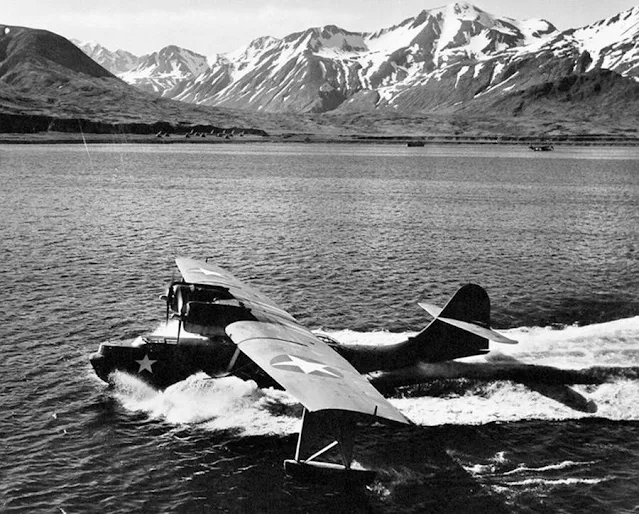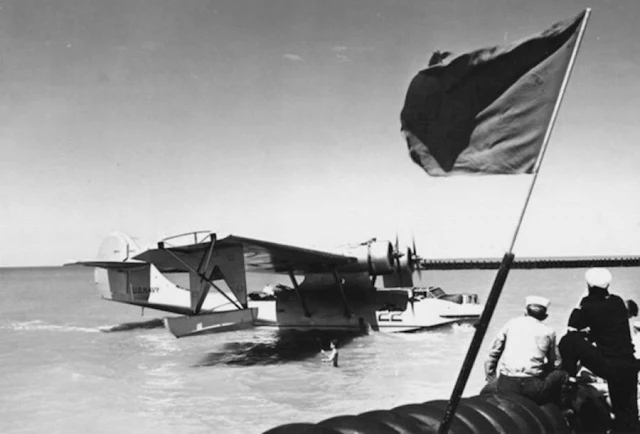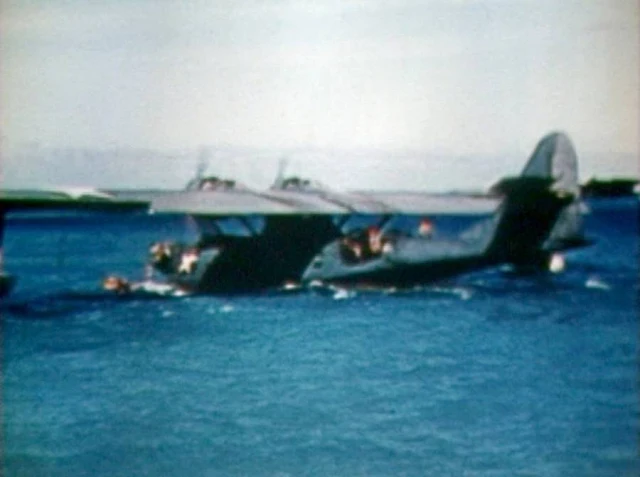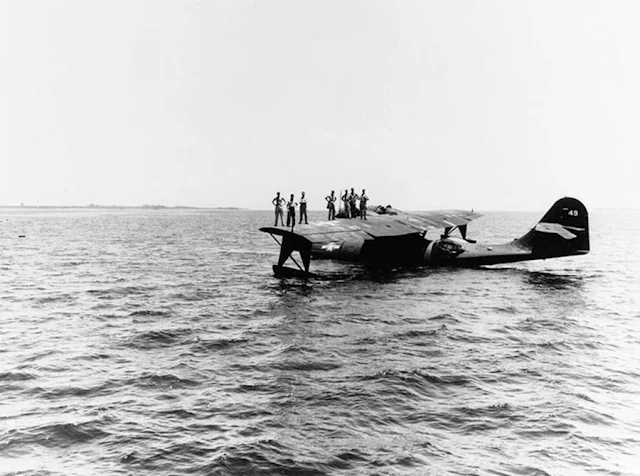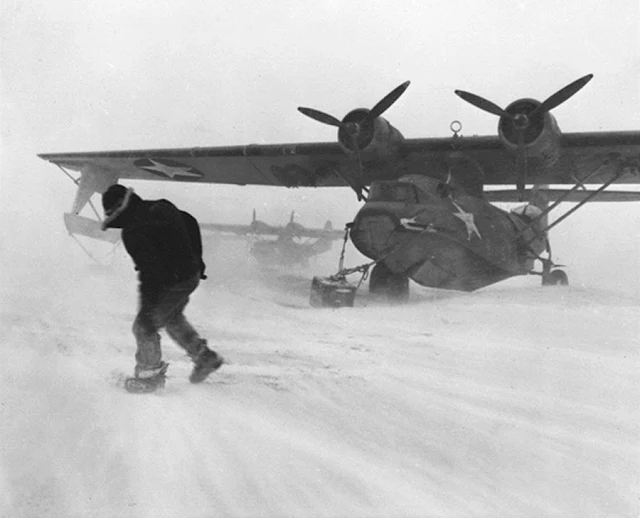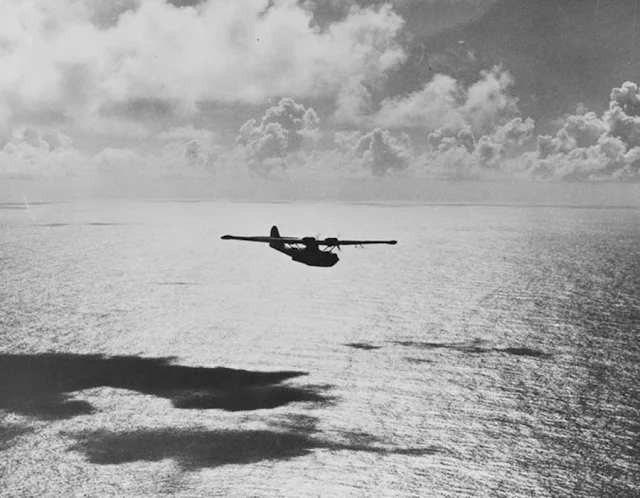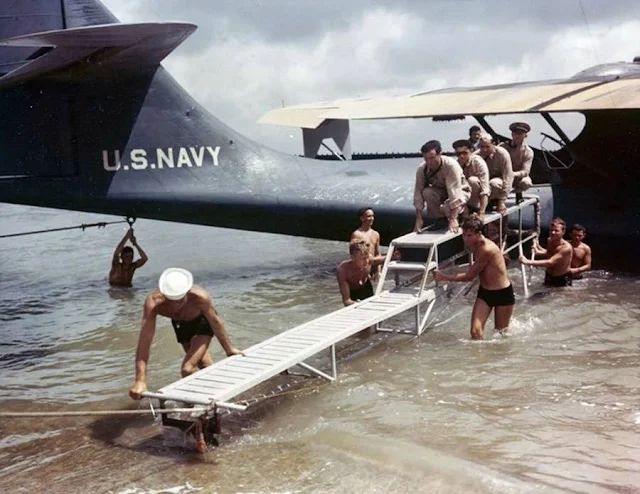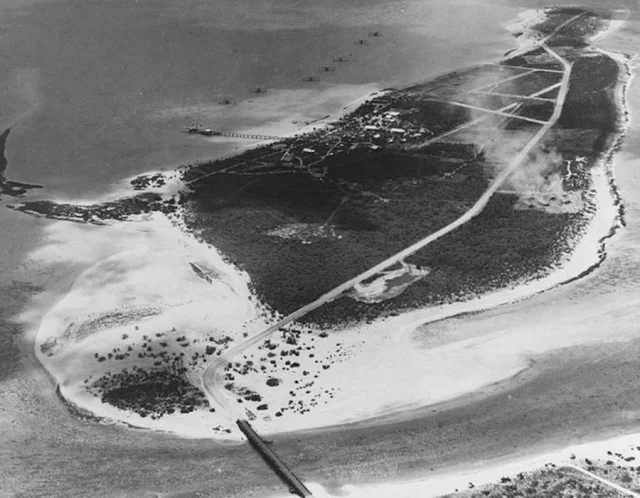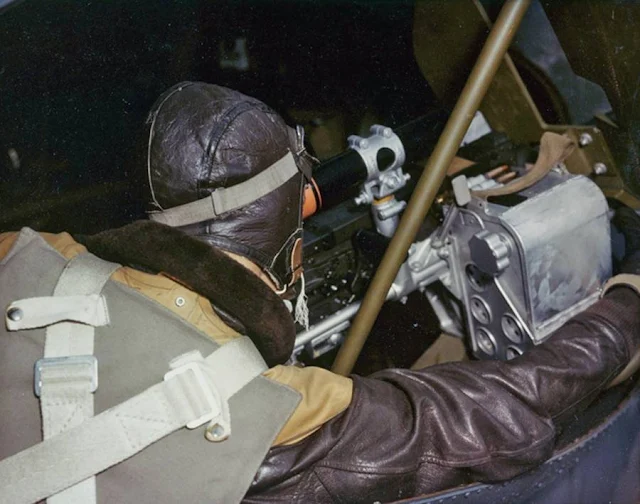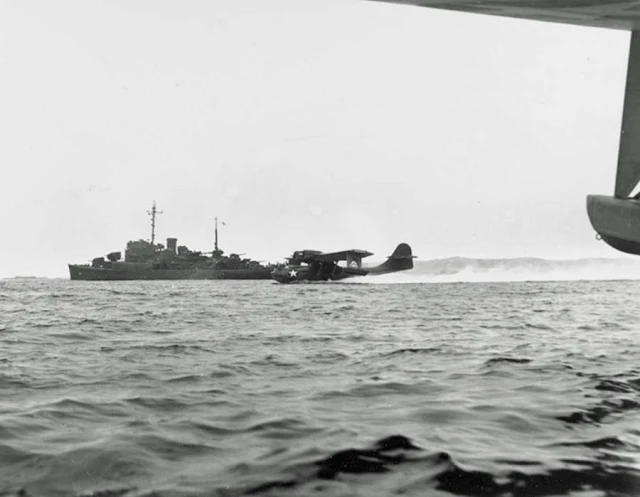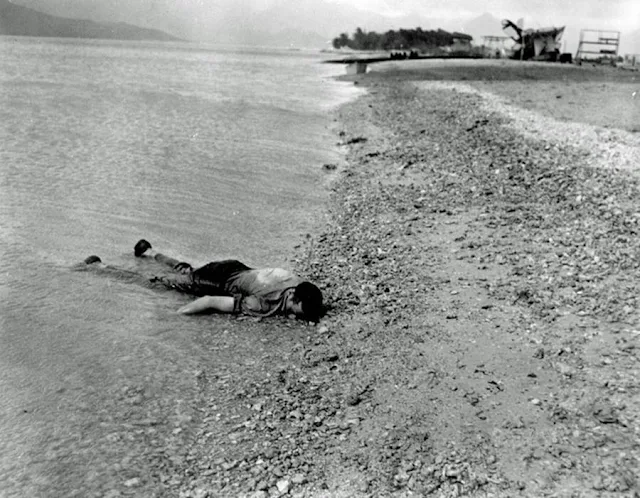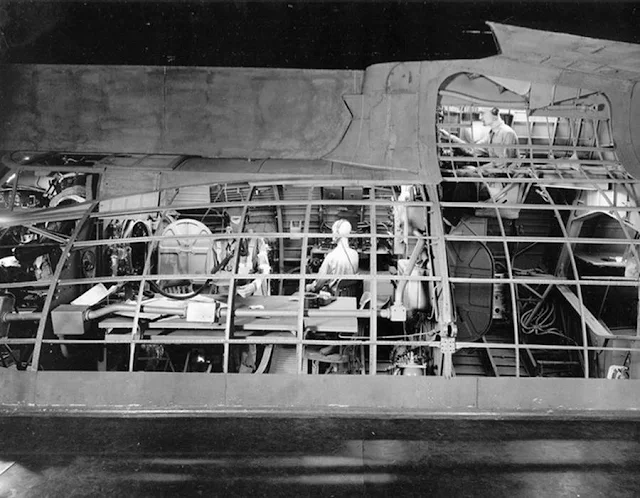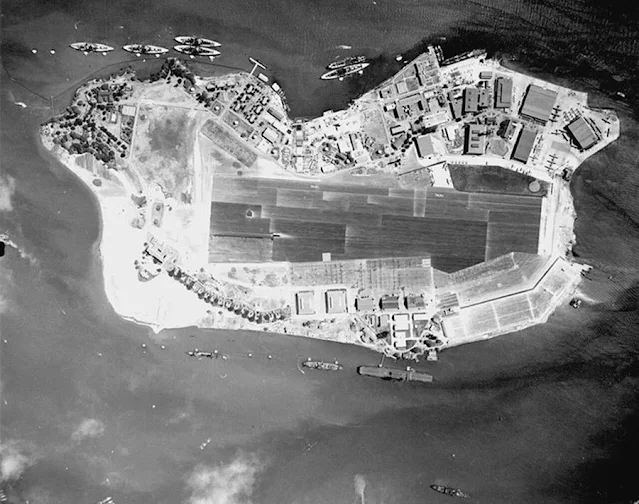Historical Record of the Engineer Section
Construction Service - Services of Supply
United States Army Forces in China-Burma-India and United States Forces in India-Burma Theater
March 1942 - August 1944
With the arrival in India of United States Army Forces in 1942 the Services of Supply immediately began preparation of facilities for their use. Since the greater portion of these forces were made up of Air Corps units one of the major facilities that had to be provided was air fields for their use. In accordance with the policy established upon arrival in the Theater of utilizing to the fullest possible extent facilities and supplies available here, arrangements were made for the construction of air fields by the British.
Air Corps requirements were submitted to SOS which placed requests to the British for the necessary construction; maintained close liaison with GHQ(I) in order to secure administrative approval of projects; supervised the construction work through the Engineer Sections of the Base and Advance Sections, which had been set up to expedite problems of administration and supply. In certain areas where a large amount of construction work was planned Engineer Areas, directly responsible to Headquarters SOS were set up to supervise and coordinate the construction work. By August 1942 work had begun on the Agra Air Depot and fields at Chabua, Gaya, Chakulia, Nawadih and Gushkara.
The actual construction work was in most cases done by Indian contractors using the casual, unhurried working methods of the country. Cement was mixed up by hand and conveyed to forms on the heads of a slow-moving procession of coolies. In many cases the quality of the concrete produced in this fashion was poor.
Later in 1942 construction work was begun on several airfields in the Assam area some of which were for use of air freight lines to China. It became apparent in January 1943 that immediate action would be necessary if these fields were to be ready for the operation of planes which were scheduled to arrive in a short time. Although they were informed of the situation the British failed to provide adequate labor and the work continued far behind schedule.
On May 9, General Wheeler was directed by the War Department to take immediate charge of rehabilitation and expansion of these Assam airfields and to push repair and construction at top speed. The urgency of the matter was emphasized as in addition to a major effort and increase in Hump tonnage the fields would later be used by V.L.R. bombers due to arrive in the Theater in a few months. The British then directed that construction of the Assam airfields be given first priority. The target date for their completion was set at 1 July 1943. In the meantime construction of other airfields in the area was begun. Finally on 31 July due to the vital necessity to hasten construction on the Assam bases General Wavell was persuaded to give the work a rating in Priority Group XX which ranked above Priority Group I and gave the airfields precedence over all other defense works.
In September 1943, preliminary plans were made for the XX Bomber Command project and soon SOS began negotiations with the British for procurement of fields. Plans called for five fields in the Calcutta area located at Kharagpur, Piardoba, Lalaikunda, Chakulia and Dudhkundi. Late in November headquarters of the Bengal project was established to handle construction of airfields for the VLR bombers. Final order forms covering the fields required by the XX Bomber Command were turned over to SOS on 11 December 1943 at which time grading and clearing operations were already in progress.
During February 1944, the 930th Engineer Regiment (less three battalions), the 1875th Engineer Aviation Battalion, the 1877th Engineer Aviation Battalion, and the 879th A/B Engineer Aviation Battalion which had just arrived in the theater were attached to SOS and immediately put to work on the project. These engineers worked side by side with Indian labor. Batteries of concrete mixers were swung into action, earth was moved by the cubic yard rather than by the basketful.
By 1 June 1944, the target date, all of the fields were ready for limited operation, except Kalaikunda. Due to engineering difficulties involved this field was placed in a priority second to that of the other fields so that work could be pushed to complete at least four fields by the target date.
In connection with the construction of these VLR fields plans were drawn up for the supply of the large quantities of aviation gasoline which would be required. The estimated requirements for the months from March through August in U.S. gallons were:
March: 4,736,000
April: 3,536,000
May: 3,536,000
June: 7,027,000
July: 7,077,000
August: 10,608,000
Since supply by any other method would have been extremely difficult and would have been an additional burden on already overtaxed transportation system, pipelines were decided upon. The project called for approximately 70 miles of 6" pipeline from Budge Budge, the oil tanker terminal near Calcutta, to the vicinity of Kalaikunda and approximately 100 miles of 4" pipeline to feed various fields. Storage facilities at each field were to be sufficient for 1,470,000 U.S. gallons.
The project was approved on 17 December 1943 and work was immediately begun by American troops and 2000 Indian laborers provided through negotiation with the Government of India. The troops provided the necessary technical supervision of the work. Progress was rapid and by 13 March 1944 the 6" line had been laid and the 4" extension to Chakulia so that pumping to the storage tanks at Kharagpur and Chakulia could begin. The entire project was completed on 6 October 1944.
From these fields the first land-based air operation against Japan was initiated.
The first problem confronting SOS in the construction of airfields in China were those of improving existing fields in use by Chennault's Flying Tigers so that they could be used by heavy bombers and transport planes and the building of additional fields for use of Hump transport planes. The work was handled through China's Commission on Aeronautical Affairs or Ministry of Communication. All operational construction was handled through this agency which let contracts for the work and paid for it. SOS engineers supervised the construction. All non-operational construction was accomplished by SOS through direct contract.
Due to distances involved, location of the Chinese Government, and other factors, airfield construction in most instances was handled with it reference to Headquarters, SOS. The SOS Advance Sections dealt directly with Forward Echelon Headquarters, USAF in CBI, located in Chungking where approval for all proposed construction had to be secured from Chinese Government. In November 1943 airfield construction in China was made the responsibility of the Air Forces.
In Burma the construction of airfields was made the responsibility of the Air Forces at the same time. However, the engineers building the Ledo Road constructed all the fields adjacent to the road. It should be noted that most of the Air Force Engineer units arriving in the theater prior to February 1944 were assigned to the Ledo Road project. The airfields constructed served as an aid in relieving the difficult supply situation as the road construction progressed.
 |
| Chinese hammering rock, turn the good earth into an 8,700-foot runway for American aircraft. |
 |
| To build airbases for American aircraft, for bulldozers the Chinese use water buffalos; for power shovels, their bare hands. |
 |
| Bamboo poles bend like bows under buckets of mud, the glue that binds the 8,700-foot runway being built by Chinese workers for American aircraft. |
 |
| An American pays a candy bonus to his Chinese labor gang for helping to build an airbase for American aircraft. |
 |
| Chinese mixers ankle-deep in mud deliver "cement" to buckets for building an American airbase. |
 |
| At noon a human triangle, connected by poles, carries rice to Chinese workers on the runway being built for American aircraft. |
 |
| On a discarded film wrapper a Chinese female working on an airfield for American aircraft looks in vain for a picture. |






